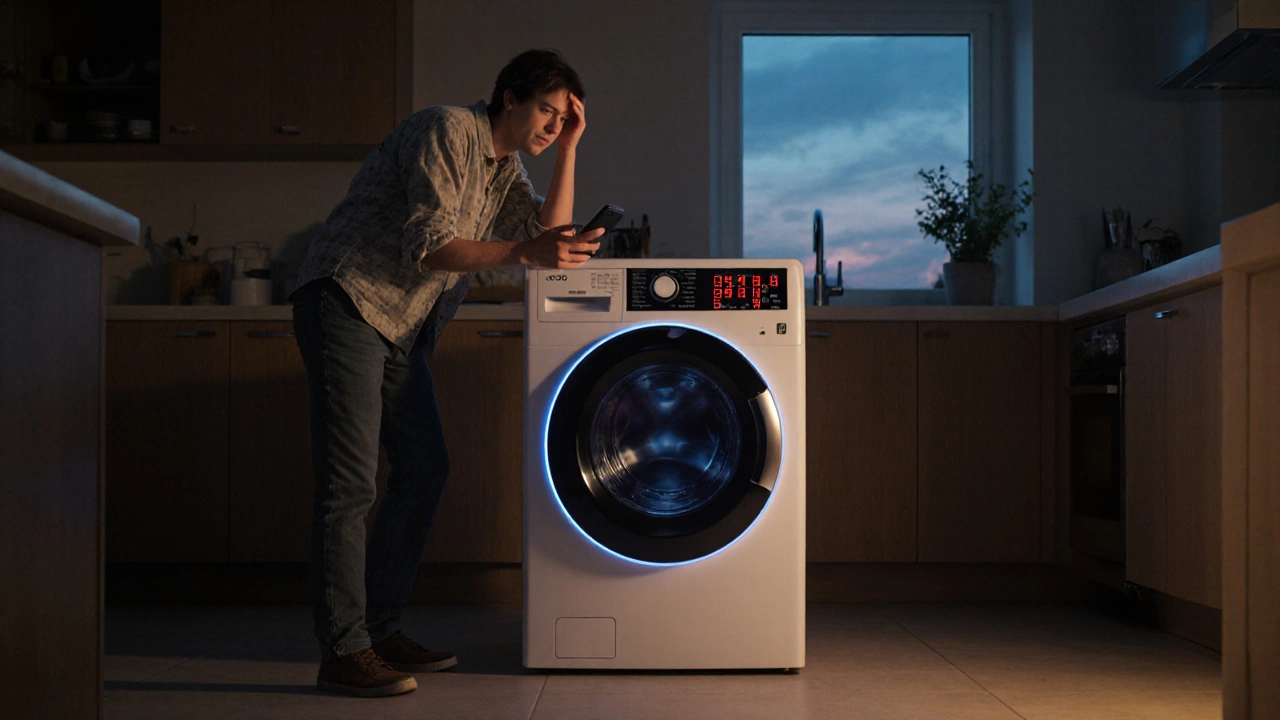
Learn how to reset a washing machine step by step, clear error codes, and troubleshoot common issues without calling a technician.
When dealing with a misbehaving laundry unit, the first thing to understand is Washing Machine Reset, a procedure that clears the machine's internal error memory and restores factory defaults. Also called machine reset, it lets the appliance start fresh without lingering fault codes. The reset process often involves the Control Board, the electronic brain that interprets sensor data and runs wash cycles, and it directly affects the Error Codes, numeric or alphanumeric signals that tell you what went wrong. In short, a reset encompasses error‑code clearing, a power‑cycle, and sometimes a brief pause for the board to reboot. Knowing this chain helps you decide whether a simple button press will solve the problem or if a deeper dive is needed.
Most households hit a snag when the washer shows “F01” or “E24”, refuses to start, or stops mid‑cycle. Those are classic cases where washing machine reset does the trick. The first step is always to cut power for at least 30 seconds – that’s the classic power‑cycle that lets the control board discharge residual electricity. After restoring power, locate the reset button or, if none exists, follow the manufacturer's manual to press a combination of program and start buttons for a few seconds. If the error persists, check the power supply and make sure the outlet isn’t tripped, because a weak supply can masquerade as an electronic fault. Another frequent culprit is a blocked drain pump; the machine may log a “drain error” that a reset won’t clear until the blockage is removed. In those moments, clearing the pump, reseating hoses, and then resetting the unit often restores normal operation.
While washing machines get the spotlight, the same reset principles apply to other major appliances – think dishwashers stuck on “reset” mode, dryers that won’t spin, or even fridges flashing error lights. All of them share a control board that stores fault data, and all benefit from a brief power interruption. Understanding how the board, error codes, and power source interact across appliances gives you a broader toolbox. For example, a dishwasher’s “E1” code can be wiped by the same 30‑second unplug trick you use on your washer, and a dryer’s “F2” fault often disappears after a reset if the lint filter was the issue.
Safety always comes first. Before you press any buttons, make sure the machine is disconnected from the mains, especially if you need to open panels to reach the control board. If you feel uncomfortable handling electrical components, it’s wiser to call a qualified technician – they can diagnose deeper issues like a failing motor, a burnt‑out thermostat, or a cracked control board. Knowing when a reset is enough and when professional help is required saves time, money, and prevents further damage. Below you’ll find a curated collection of articles that walk you through specific error codes, step‑by‑step reset instructions, and guidance on when to replace parts versus calling in an expert.

Learn how to reset a washing machine step by step, clear error codes, and troubleshoot common issues without calling a technician.